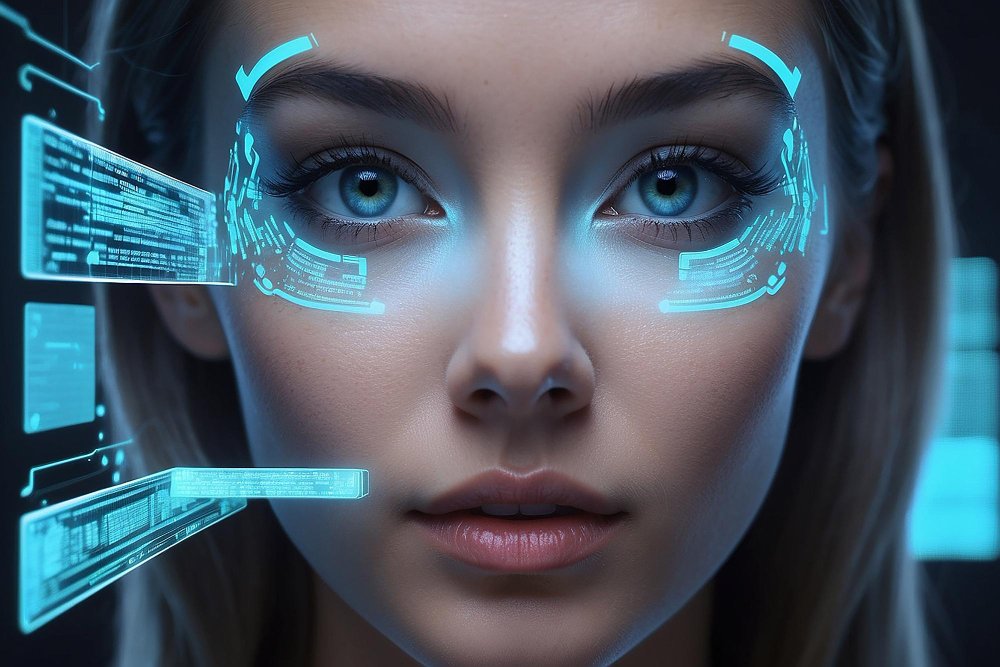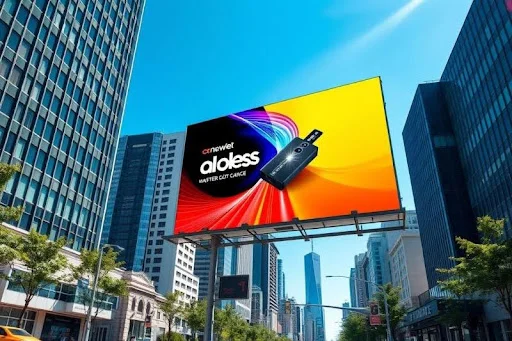How can we ensure that AI Algorithms in the Beauty Industry are Free from Bias?
Artificial Intelligence (AI) has permeated various sectors, including the beauty industry, offering innovative solutions such as personalized product recommendations, virtual try-on experiences, and skincare diagnostics. However, as with any technology, the implementation of AI in beauty raises concerns, particularly around bias related to skin tone, ethnicity, and other demographic factors. Ensuring AI algorithms are unbiased is not only a technical challenge but also an ethical imperative. This article delves into the complexities of AI bias in the beauty industry, exploring real-world examples, ethical considerations, and strategies to mitigate bias.
AI Bias in the Beauty Industry
AI bias occurs when an algorithm consistently produces skewed results because of flawed assumptions made during the machine learning process. In the beauty industry, this bias can manifest in various ways, such as recommending products that work better on lighter skin tones or failing to recognize darker skin tones accurately in virtual try-on applications.
Real-world examples of Bias
Facial Recognition:
One notable instance of bias is found in facial recognition technology, which has been documented to perform less accurately on darker skin tones. A study by the National Institute of Standards and Technology (NIST) found that facial recognition algorithms had higher error rates for darker-skinned individuals.
Virtual Try-On Tools:
Companies like L’Oréal and Sephora use AI-powered virtual try-on tools to help customers see how makeup products look on their skin. However, early versions of these tools often struggled to accurately render makeup on darker skin tones, leading to a subpar user experience for people of color.
Product Recommendations:
AI-driven recommendation engines in the beauty sector have been criticized for favoring products that cater primarily to lighter skin tones. This bias stems from training data that underrepresents darker skin tones, leading to recommendations that do not address the needs of all users.
Ethical Considerations
Bias in AI is not just a technical issue; it is an ethical one. The beauty industry has a significant impact on societal standards of beauty and self-esteem. When AI systems perpetuate bias, they reinforce harmful stereotypes and exclude marginalized groups from enjoying the benefits of technological advancements.
Inclusivity and Representation
Ensuring inclusivity in AI algorithms involves more than just avoiding discrimination; it means actively working towards fair representation. This includes considering diverse skin tones, ethnicities, ages, and genders in training datasets and algorithm design.
Transparency and Accountability
Transparency in how AI algorithms are developed and deployed is crucial. Companies must be open about their data sources, the demographic makeup of their training datasets, and the steps they take to mitigate bias. Accountability mechanisms, such as third-party audits and bias impact assessments, can help ensure that AI systems are fair and ethical.
Strategies to Mitigate Bias
Addressing bias in AI algorithms requires a multifaceted approach that involves technical, organizational, and regulatory strategies.
Diverse Data Collection
- One of the primary causes of AI bias is unrepresentative training data. To mitigate this, companies must ensure that their datasets include a wide range of skin tones, ethnicities, and other demographic factors. This involves collaborating with diverse groups to collect data that accurately reflects the population.
- When real-world data is scarce, synthetic data generation can be a viable solution. Techniques such as Generative Adversarial Networks (GANs) can create realistic images of diverse individuals, which can be used to supplement training datasets.
Algorithmic Fairness Techniques
- Implementing techniques to detect and correct bias during the development of AI models is essential. This includes fairness-aware machine learning algorithms that adjust for bias by reweighting or modifying training samples.
- Regularly auditing AI systems for bias ensures that any unintended discrimination is identified and corrected promptly. These audits should be conducted by independent third parties to maintain objectivity.
Ethical AI Frameworks
- Developing and adhering to ethical guidelines and industry standards can help ensure that AI systems are designed and deployed responsibly. Organizations like the IEEE and the Partnership on AI provide frameworks for ethical AI development.
- Establishing ethics committees within organizations can provide oversight and guidance on AI projects. These committees should include diverse stakeholders to ensure that multiple perspectives are considered.
Consumer Involvement
- Providing consumers with channels to offer feedback on AI-driven products and services can help identify and rectify biases. User feedback is invaluable in understanding how AI systems perform across different demographics.
- Educating consumers about the potential biases in AI systems and how to identify them can empower users to make informed decisions. Awareness campaigns can also pressure companies to prioritize fairness in their AI initiatives.
Real-World Case Studies
Several companies have made significant strides in addressing AI bias in the beauty industry. These case studies highlight effective strategies and the impact of these efforts.
Fenty Beauty:
Fenty Beauty, launched by Rihanna, revolutionized the beauty industry with its inclusive range of foundation shades. The brand’s success underscored the demand for diverse product offerings and pushed other companies to follow suit. Fenty Beauty’s approach to inclusivity extends to its AI initiatives, where it ensures that its virtual try-on tools and product recommendations cater to all skin tones.
Modiface:
Acquired by L’Oréal, Modiface uses augmented reality and AI to provide virtual makeup try-ons. To address bias, Modiface has expanded its dataset to include a wide range of skin tones and worked on improving its algorithms to ensure accurate rendering for all users. This effort has significantly enhanced the user experience for people of color.
Sephora:
Sephora’s Color IQ system, which helps customers find foundation matches, initially faced criticism for its limited shade range. In response, Sephora expanded its shade offerings and improved its AI algorithms to provide better recommendations for all skin tones. This move not only improved customer satisfaction but also set a new standard for inclusivity in the industry.
Future Directions
The journey towards eliminating bias in AI algorithms in the beauty industry is ongoing. As technology advances, new methods and tools will emerge to further this goal.
- Research in AI fairness continues to evolve, with new techniques being developed to detect and mitigate bias. These advancements will provide the beauty industry with more robust tools to ensure inclusivity.
- Greater collaboration between companies, researchers, and regulatory bodies can lead to the establishment of industry-wide standards for ethical AI. Such standards will provide clear guidelines for developing and deploying AI systems that are fair and unbiased.
- AI systems should be designed to learn and adapt continually. This involves updating training datasets and algorithms regularly to reflect changes in societal norms and demographics. By doing so, AI systems can remain relevant and fair over time.
Aiotechnical.com
Aiotechnical.com, we are dedicated to exploring the intersection of artificial intelligence and various industries, including beauty. Our mission is to provide in-depth analyses, insights, and strategies to help businesses leverage AI technologies effectively and ethically. We focus on addressing critical issues such as bias in AI algorithms, ensuring that innovations are inclusive and equitable. By offering expert guidance on data collection, algorithmic fairness, and ethical AI frameworks, aiotechnical.com supports the beauty industry in creating AI systems that enhance user experiences for all demographics, driving progress and fostering trust in technological advancements.
Conclusion
Ensuring that AI algorithms in the beauty industry are free from bias is a complex but essential task. It requires a concerted effort from companies, researchers, and consumers to address the technical and ethical challenges involved. By adopting diverse data collection practices, implementing fairness techniques, adhering to ethical guidelines, and involving consumers, the beauty industry can create AI systems that are inclusive and equitable. As real-world examples and case studies show, progress is being made, but there is still much work to be done. The future of AI in beauty holds the promise of innovation that benefits everyone, regardless of skin tone, ethnicity, or other demographic factors.







